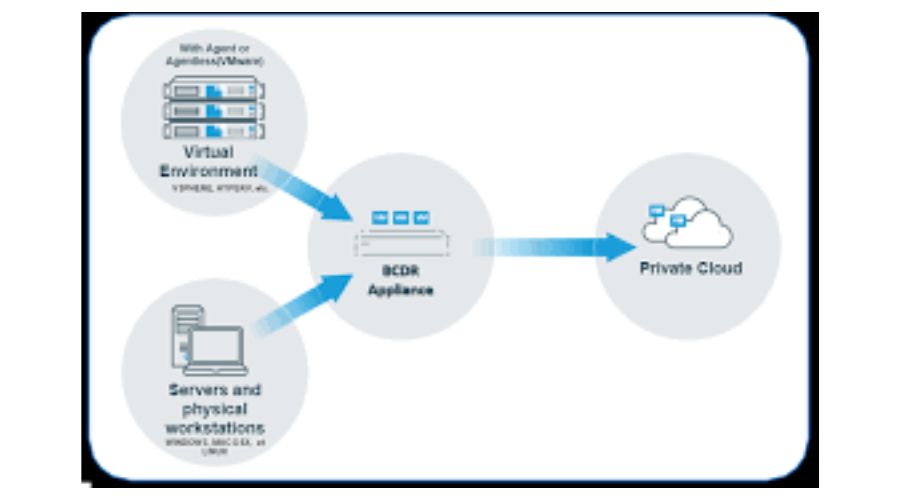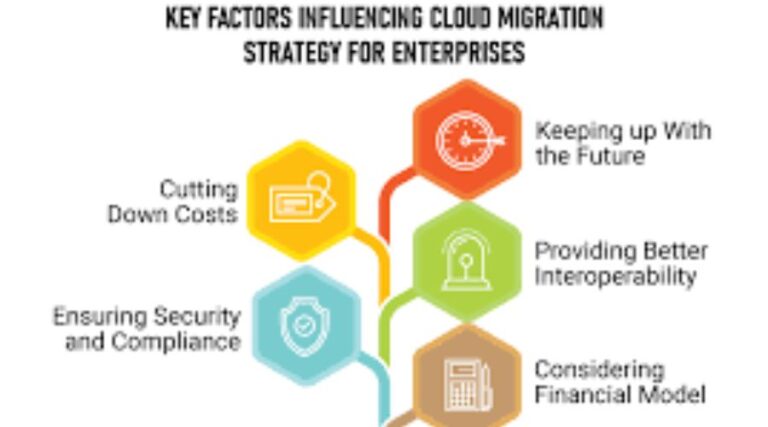Migrating to the cloud is a complex process that involves many factors. It’s easy to get lost in the details, but there are some key strategies that you should consider if you’re planning on migrating your business to the cloud. In this article, we’ll go over each of these strategies and how they can help your company make its transition as painless as possible:
Keep backup and recovery as simple as possible.

There are many ways to ensure that your business can recover quickly and efficiently from any kind of disaster. The first step is to make sure you have a plan for backing up data. This includes both physical backups and cloud-based backups, as well as storing them in multiple locations around the world so that if one server or storage device fails, you can still access the data elsewhere (for example, using another server).
When it comes time for restoring files or systems after an incident occurs, make sure all processes are automated so they don’t require human intervention-especially during peak usage times when every second counts!
Pick the right cloud provider for your needs.
To ensure you’re choosing the right cloud provider for your needs, it’s important to consider the following factors:
- The reputation of the provider. The best way to find out about a company’s reputation is by researching other customers who have used its services. You can also check customer reviews on websites like Trustpilot or Yelp!
- Reliability and customer support. This may seem obvious at first glance but many people do not take this into consideration when choosing their cloud service providers (CSP). Make sure that your CSP has solid ratings in both categories before committing to them as part of your migration strategy!
- Pricing structure and contract length/term length
Do a cost-benefit analysis of the features you need and their cost.
When it comes to migrating to the cloud, you’ll need to consider the cost of each feature. The goal is not simply to choose which features will be included in your migration plan; instead, you should determine how much each feature will cost and whether or not they provide enough value relative to their price tag.
There are several ways that this can be done:
- If you have an existing on-premises solution and want to move all of its functionality into AWS, then this is an easy way for doing so. Just make sure that any other applications or services aren’t affected by this change as well (e.g., if one application depends on another).
- You could also use SaaS solutions like Office 365 or SharePoint Online instead of building out your own infrastructure from scratch (though this may require more upfront investment). However, these services typically come with limits such as the number of users per instance or storage size–both things which could impact performance and scalability once there are hundreds/thousands involved in using them regularly during peak work hours every day throughout year-round seasonality cycles across multiple locations worldwide simultaneously!
Migrate only the servers you need and not more than that.
Making the decision to migrate your servers can be a daunting task. When you’re thinking about this move, it’s important to keep in mind that there are many factors that affect the success of your migration and those include:
- Your existing cloud provider
- The type of data stored on your server(s)
- The volume and frequency of queries being performed by users accessing those resources
Choose software developers that can grow with your business needs.
The right software developer will be experienced in the cloud and will have the ability to grow with your business needs. You want a software developer who can help you with your migration, as well as adapt to changes in the market over time. A flexible team is also important since it allows them to accommodate changes in their technology stack when needed.
A migration plan should consider both internal and external factors
A migration plan should consider both internal and external factors. Internal factors include:
- Culture and morale at your organization. Do you have a strong corporate culture that’s built around the cloud or do you need to change that?
- The skillset of your team and its ability to execute its strategy in the cloud. If they don’t have the right people or tools, then it could be difficult for them to succeed in this new technology environment
Conclusion
Migrating to the cloud is an important step for any organization, but it’s not always easy. There are many factors that need to be considered when making this decision, including cost and functionality. It may take some time before you’re ready to fully migrate your business onto the cloud—but if you follow these five tips, we think you’ll be ready in no time!







